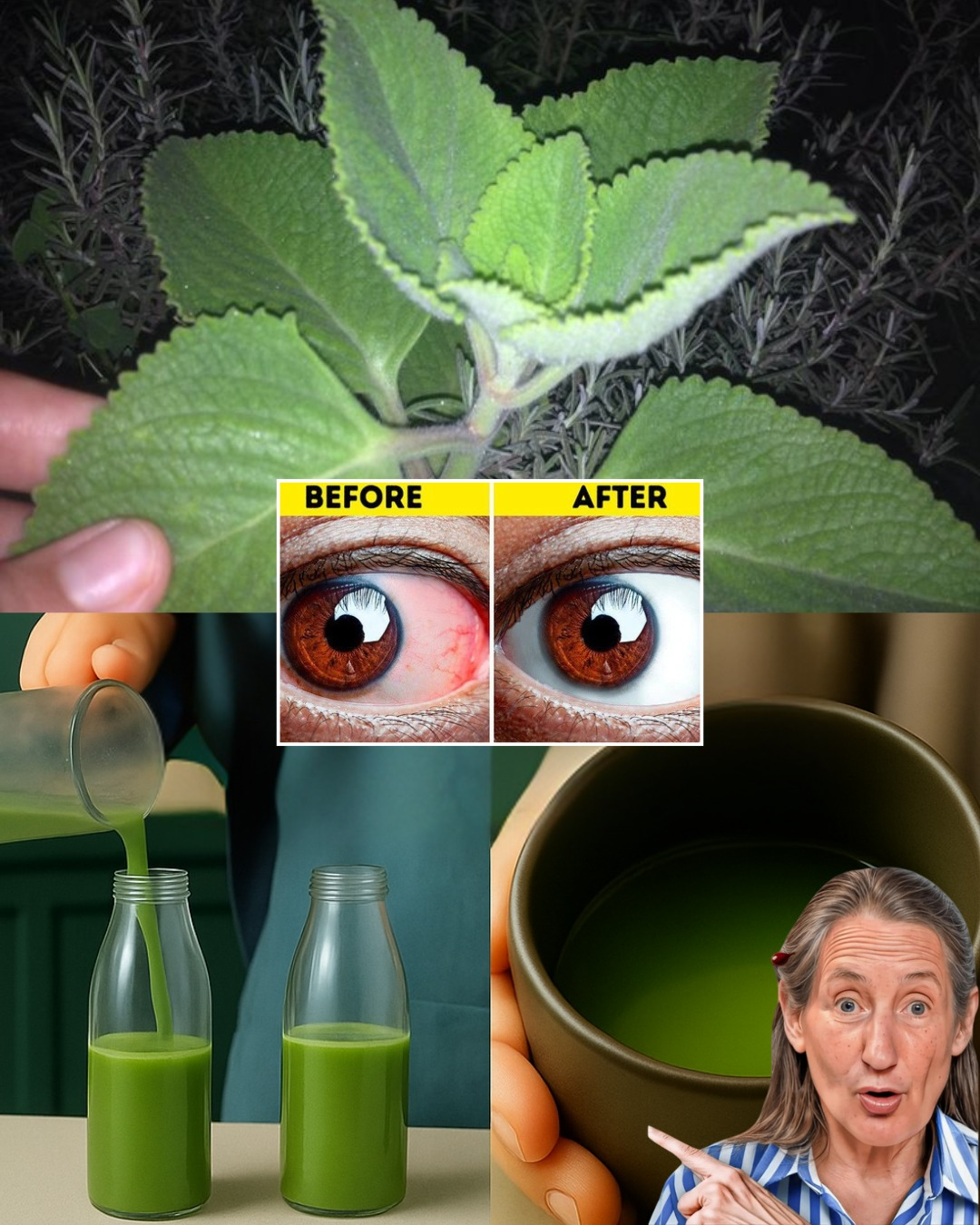Imagine a world where the need for corrective lenses—or even invasive eye surgery—begins to fade, not through pharmaceutical breakthroughs, but through a simple, readily available plant. This is the conversation buzzing through natural wellness circles, sparked by the remarkable claims surrounding a powerhouse herb known as Orégano Orejón (often identified as Plectranthus amboinicus or Indian Borage).
Millions globally suffer from debilitating vision issues, from everyday nearsightedness and farsightedness to the clouding severity of cataracts. The promise of a natural remedy that can help the body heal and restore clarity is not just intriguing; it’s revolutionary. We’ve delved deep into the history, the biochemistry, and the anecdotal evidence to bring you the comprehensive truth about this extraordinary plant. Prepare to have your perceptions of eye health fundamentally changed, and discover why countless people are turning away from the ophthalmologist’s chair toward nature’s potent pharmacy. Keep reading—the future of your vision may depend on it.
Decoding Orégano Orejón: The Botanical Identity 🌱
Before we unpack the vision-boosting claims, let’s understand the plant itself. While it shares a name with culinary oregano (Origanum vulgare), Orégano Orejón is a distinct species. It is characterized by its large, thick, fuzzy leaves and intensely aromatic profile. Across various cultures, it is known as Indian Borage, Cuban Oregano, Mexican Mint, or Spanish Thyme.
Its botanical power lies not just in its aroma but in its dense concentration of phytochemicals. Traditional medicine systems, particularly in the tropics and subtropics, have long recognized its uses for respiratory issues, skin conditions, and digestive health. Now, the focus is shifting to its incredible potential for the most sensitive organ: the eye.
The Antioxidant Arsenal: How Orejón Fights Vision Decay 💪
The secret to Orégano Orejón’s rumored benefits lies in its extraordinary antioxidant profile. The primary enemies of healthy vision are oxidative stress and inflammation.
Oxidative Stress and the Lens: Cataracts, the leading cause of blindness worldwide, occur when proteins in the eye’s lens clump together, causing cloudiness. This clumping is often accelerated by decades of free radical damage—or oxidative stress—a natural byproduct of aging and environmental exposure.
The Orejón Advantage: Orégano Orejón is a rich source of potent compounds, including:
Carotenoids and Vitamin A: These are essential, non-negotiable nutrients for eye health. They help protect the retina, reduce oxidative stress, and are critical for the formation of rhodopsin, a light-absorbing molecule necessary for low-light vision. Anecdotal and traditional uses strongly link its high Vitamin A content to improved night vision and overall visual acuity.
Ascorbic Acid (Vitamin C): Found in high concentrations, Vitamin C is a powerful antioxidant that helps protect the eye’s delicate tissues from free radical damage. Studies suggest high levels of Vitamin C in the diet can help delay the onset and progression of cataracts.
Polyphenols and Flavonoids: These potent plant compounds work to reduce systemic inflammation and strengthen the tiny blood vessels that nourish the eyes, ensuring optimal delivery of oxygen and nutrients to the retina.
By flooding the body with these defensive nutrients, Orégano Orejón essentially provides a natural shield for the eyes, helping to neutralize the harmful processes that lead to common visual decline.
Cataracts and the Quest for Clarity: A Natural Intervention ✨
The notion that a herb could reverse or significantly improve cataracts is understandably met with skepticism, but it speaks to the power of targeted, long-term antioxidant therapy. While scientific research on this specific plant’s direct effect on established cataracts is ongoing and needed, its traditional use is compelling:
Targeting the Root Cause: Cataracts are a chronic, oxidative condition. By consistently delivering a high dose of bioavailable antioxidants, the herb may help slow down the opacification process and potentially improve the health of the surrounding ocular environment.
Ver continuación en la página siguiente
